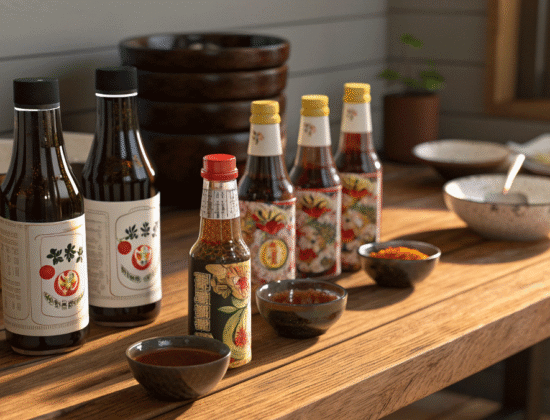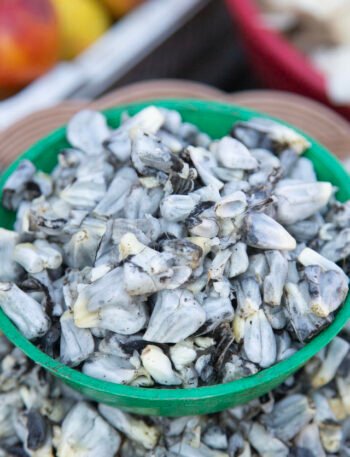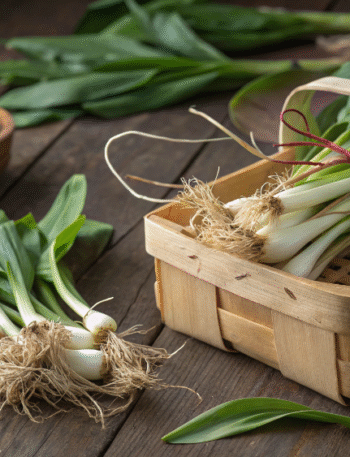Fish sauce might have a strong smell, but don’t let that stop you. This salty liquid is a secret weapon in many kitchens, especially in Southeast Asia. It adds depth, balance, and umami to all kinds of dishes, from stir-fries to soups to dipping sauces. Once you get used to it, you’ll understand why so many cooks swear by it.
What Is Fish Sauce?
Fish sauce is a liquid seasoning made by fermenting fish with salt. Usually, it’s made from small anchovy-like fish, which are packed in barrels with layers of salt. Over many months, the fish break down naturally and release a rich, amber-colored liquid. That’s fish sauce. It’s then strained, bottled, and used as a seasoning in cooking.
Most good-quality fish sauce contains just two ingredients: fish and salt. The fermentation process can take anywhere from several months to a couple of years. The longer it ferments, the more complex the flavor becomes.
Where Did It Come From?
Fish sauce has deep roots. Versions of it existed thousands of years ago in both ancient Rome and Asia. In Rome, they called it garum, and it was used in a similar way—to add flavor to everything from vegetables to meat.
Today, the modern form of fish sauce is most closely tied to Southeast Asia. It’s especially important in countries like Vietnam, Thailand, Cambodia, Laos, and the Philippines. In these places, fish sauce isn’t just a seasoning—it’s part of the culture.
Each country has its own name for it:
- Vietnam: nước mắm
- Thailand: nam pla
- Cambodia: teuk trei
- Philippines: patis
You’ll find it in noodle dishes, grilled meats, rice plates, and dipping sauces. It’s often mixed with lime juice, garlic, and sugar to create a sauce that balances salty, sour, and sweet.
Why Does It Smell So Strong?
There’s no getting around it—fish sauce smells strong. When you open the bottle, you might get a blast of salty, ocean-like aroma that’s hard to ignore. But here’s the trick: once it’s cooked or mixed with other ingredients, that smell fades and blends in.
The reason for the smell is fermentation. Just like blue cheese or aged soy sauce, the process of breaking down proteins releases strong aromas. But those same proteins are also responsible for its incredible flavor. In small amounts, fish sauce adds richness and complexity without making a dish taste fishy.
Umami: The Secret Taste
Fish sauce is one of the best sources of umami, which is known as the fifth basic taste (alongside sweet, sour, salty, and bitter). Umami is often described as savory or meaty. It’s what makes broth taste full and satisfying.
In Southeast Asian cooking, fish sauce plays a role similar to that of soy sauce in Chinese or Japanese dishes. It’s not always the star, but it brings everything together.
How to Use Fish Sauce
Fish sauce is extremely flexible. It’s used in:
- Stir-fries
- Soups
- Marinades for meat and seafood
- Salad dressings
- Dipping sauces
- Rice and noodle dishes
You usually don’t need a lot. Even just a teaspoon can add a boost of flavor. It’s also very easy to overdo. A little goes a long way, and using too much can overpower the dish or make it too salty. Start small, then taste and adjust.
Some home cooks even sneak it into unexpected places—like spaghetti sauce, chili, or braised dishes—to add depth. As long as you don’t go overboard, most people won’t even know it’s there. They’ll just notice that everything tastes better.
Don’t Forget Fish Paste
Alongside fish sauce, there’s another fermented ingredient you might come across: fish paste. It’s made in a similar way, but instead of straining off the liquid, the entire fermented mixture is ground into a thick, chunky paste.
Fish paste is even stronger in flavor and smell than fish sauce. It’s often used in smaller amounts and usually cooked into dishes rather than used raw. You’ll find it in recipes from Myanmar (Burma), Laos, the Philippines, Vietnam, and southern Thailand.
Some types of fish paste include:
- Bagoong (Philippines)
- Prahok (Cambodia)
- Kapi (Thailand)
- Mam tom (Vietnam)
Fish paste is packed with umami and salt, and a little goes a long way. It’s commonly used in soups, stews, relishes, and as a base for sauces. While fish sauce can be used straight from the bottle, fish paste almost always needs to be cooked first.
How to Store Fish Sauce and Fish Paste
Fish sauce doesn’t need to be refrigerated, but keeping it in a cool, dark place with the cap on tight will help preserve its flavor. Once opened, a bottle can last for months or even longer. Fish paste, on the other hand, should be stored in the fridge after opening.
Final Thoughts
Fish sauce and fish paste might seem intimidating at first, especially because of their strong smell. But once you understand how they work in a dish, you’ll see why they’re so beloved. Both are key ingredients in many traditional recipes, and both offer a powerful way to boost flavor.
If you’re curious about Southeast Asian cooking—or just want to experiment with new ingredients—fish sauce is a great place to start. Try a splash in a stir-fry, a soup, or even a salad dressing. Then take it further by exploring fish paste in cooked dishes for an even deeper taste.
You don’t need to be a professional chef to appreciate these bold ingredients. Just a little knowledge and an open mind go a long way.




